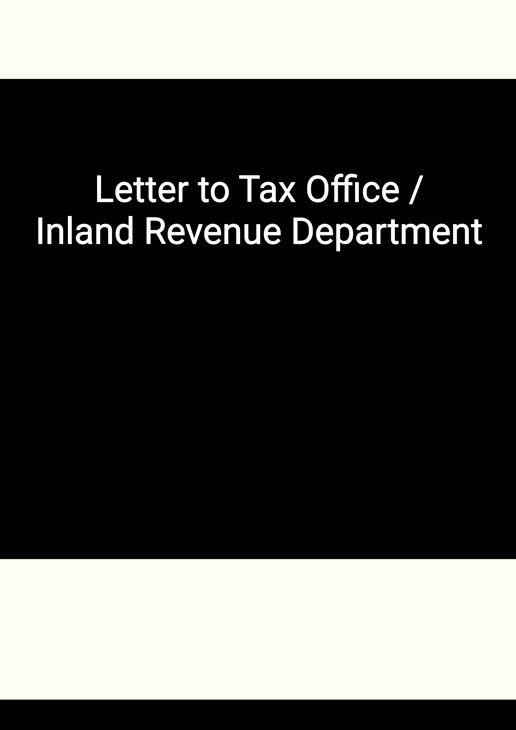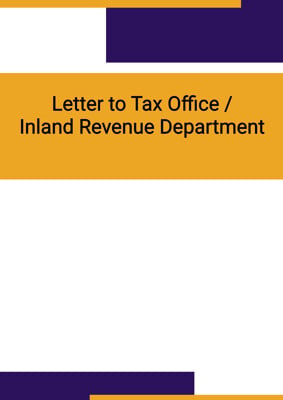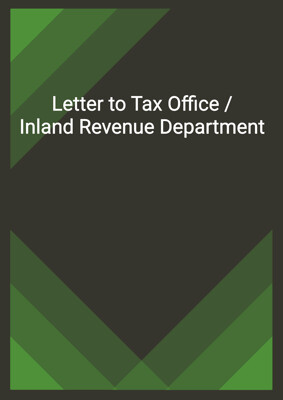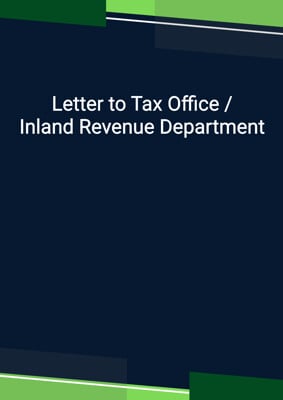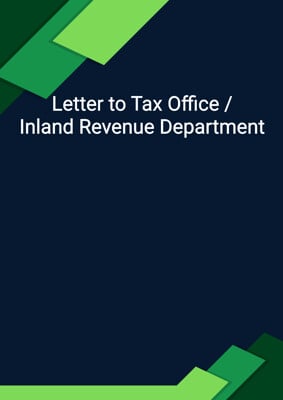How to Tailor the Document for Your Need?
01
Create Document
Click "Create Document" button and the document will be prepared with your account details automatically filled in.
02
Fill Information
Please fill in any additional information by following the step-by-step guide on the left hand side of the preview document and click the "Next" button.
03
Get Document
When you are done, click the "Get Document" button and you can download the document in Word or PDF format.
04
Review Document
Please review the document carefully and make any final modifications to ensure that the details are correct before sending to the addressee.
Document Preview
Document Description
The document titled 'Letter to Tax Office / Inland Revenue Department' is a formal letter written to the Commissioner of Taxation or the Tax Office or the Tax Bureau or the Inland Revenue Department or the Company Registry. The purpose of this letter is to request the withdrawal of a summons against an account job company for failing to file tax return, employer return, business registration, or pay fees.
The letter starts with the sender's account information, including their first name, last name, and address. It is then addressed to the Commissioner of Taxation or the relevant tax authority, with their address mentioned. The current date is also included in the letter.
The sender begins the letter by addressing the recipient as 'Dear Sir/Madam' and states the purpose of the letter. They explain that they are requesting the withdrawal of the summons against the account job company and provide an explanation for the failure to file or pay.
The sender provides three reasons for the failure to file or pay. Firstly, they mention that they appointed a certified public accountants, a corporate secretariat firm, or a tax advisor as their auditor, company secretary, or tax advisor. They used the firm's address as the registered address of the company for correspondence with the tax office.
Secondly, the sender states that they periodically made relevant inquiries with the firm regarding business registration and tax filings for the company in the past few years. They were assured by the firm that everything was taken care of.
Thirdly, the sender mentions that the directors changed the registered address on a specific date and received the summons shortly after. It was only then discovered that the firm had made no filings for the company since a specific year with the inland revenue department, tax office, or company registry. The firm had withheld all business registrations and other filing documents from the company, and the directors were unaware of the non-compliance.
The sender emphasizes that the company promptly terminated the services of the firm and made all the relevant filings and payments in arrears. They attribute the failure to file or pay to inadvertently relying on the unprofessional service of the firm.
In conclusion, the sender respectfully requests the Commissioner of the Inland Revenue, Tax Office, or Company Registry to consider withdrawing the summons to appear in court on a specific date.
The letter ends with a thank you for the recipient's kind consideration and is signed by the sender's account first name, account last name, account job title, and account job company.
How to use this document?
1. Enter the Contractor's and Customer's information in the agreement, including their principal place of business. This ensures that both parties are clearly identified.
2. Clearly specify the agreed price and completion date of the work to be carried out by the Contractor. This will ensure that both parties are aware of the expectations and deadlines.
3. Clearly describe the type(s) of services to be provided by the Contractor. This ensures that both parties are aware of the scope of work and can avoid any misunderstandings.
4. Both parties should agree on the length of warranty and time of payment after the completion of the work. This ensures that both parties are aware of the payment terms and the length of the warranty.
5. If the work is not completed by the completion date, specify the amount of damages per week that the Customer is entitled to. This ensures that both parties are aware of the consequences of non-completion.
Not the right document?
Don’t worry, we have thousands of documents for you to choose from:
